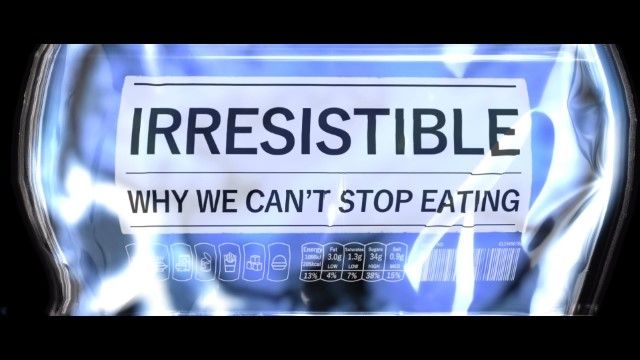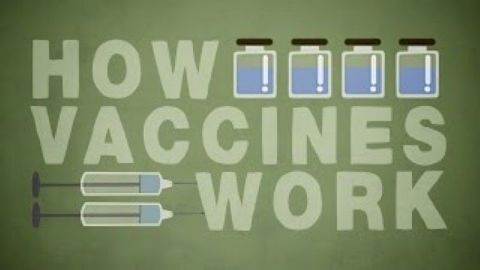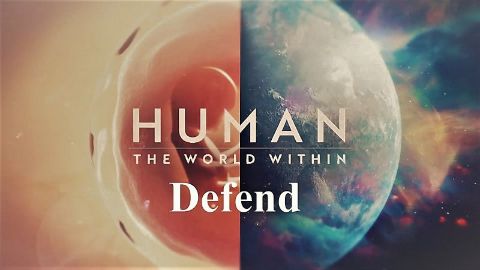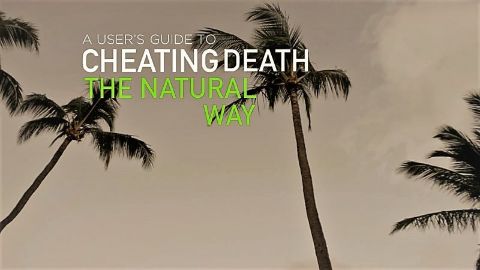A Shot to Save the World • 2010
It was 1952, and polio had reached outbreak levels in America. There was no known cause, no cure, and no help in sight for parents desperate to protect their children. Our nation's hope was placed in a 33-year-old scientist, working from a basement lab in Pittsburgh. His name was Jonas Salk, and in just a few years, he would bring infantile paralysis to its knees and change the course of medical history. Travel back to a world gripped in fear and see how Dr. Salk, with his dedicated staff, a young charity, and a faithful nation, came together to conquer polio.
Make a donation
Buy a brother a hot coffee? Or a cold beer?
Hope you're finding these documentaries fascinating and eye-opening. It's just me, working hard behind the scenes to bring you this enriching content.
Running and maintaining a website like this takes time and resources. That's why I'm reaching out to you. If you appreciate what I do and would like to support my efforts, would you consider "buying me a coffee"?
Donation addresses
BTC: bc1q8ldskxh4x9qnddhcrgcun8rtvddeldm2a07r2v
ETH: 0x5CCAAA1afc5c5D814129d99277dDb5A979672116
With your donation through , you can show your appreciation and help me keep this project going. Every contribution, no matter how small, makes a significant impact. It goes directly towards covering server costs.





